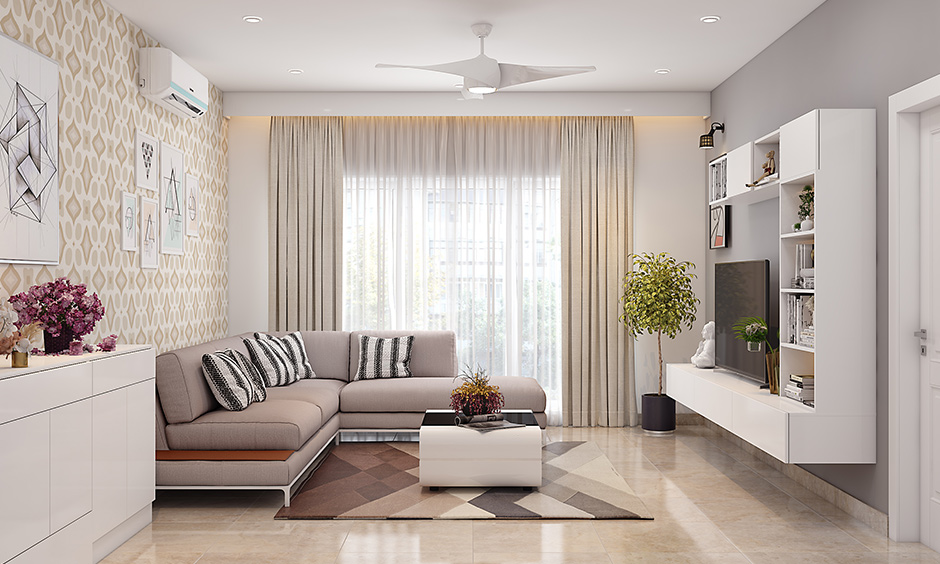Whether you are looking to completely renovate your home, or simply make some small tweaks, knowing how to interior design is essential. By using these tips, you can create a space that will meet your needs and fit your budget.
Modern
Unlike traditional design, which is a reflection of past designs, modern interior design is based on a minimalist approach to design. This style emphasizes clean lines, natural materials, and color schemes. It is influenced by the Scandinavian and German styles.
The Bauhaus school of design in Germany began in 1919. The school was founded on the belief that form should be combined with function in all interior designs.
Modernism is a movement that began in the early to mid-20th century. It is known for rejecting ostentatious ornamentation, focusing on functionality, and favoring new forms. It began with the abandonment of traditional materials.
Transitional
Often referred to as the ‘transitional style’, this interior design combines elements of traditional and modern style. The style is known to be versatile and suited to the individual’s tastes. It incorporates a mix of textures, colors and styles.
This style emphasizes comfort and luxury. Unlike the traditional, minimalist styles, transitional design allows for more experimentation. It allows for a high level of personal expression, which makes it ideal for people who want to create a home that suits their lifestyle.
A good balance of colors can create an elegant and whimsical room. For example, a well-chosen carpet can complement the neutral tones found in the rest of the decor.
Scandinavian
Typically, Scandinavian interior design is made up of a blend of old and new styles. It uses natural materials and a muted palette to create a warm and comfortable atmosphere.
This style is also known for its functional and practical decor. The use of natural materials like wood and stone is a strong theme in the Scandinavian home. These materials are combined seamlessly to create geometric shapes.
One of the easiest ways to add warmth to a Scandinavian room is through the use of textiles. Patterns can be incorporated through the use of wall art or through other accessories.
Hygge
Whether you’re looking for a warm and cosy interior design scheme or you just want to add some Hygge-inspired decor to your home, there are many ways to bring the Danish concept of hygge to your interior. The key is to create a space that feels like a sanctuary and promotes contentment and relaxation.
A good way to achieve this is by adding natural materials and textures. Wood furniture and soft materials are excellent choices for this style. Likewise, you can enhance your hygge-inspired room by adding a calming colour palette and soft lighting.
Space planning
Whether you’re designing a room or remodeling your entire home, space planning is an important aspect of the process. Without a proper plan, the outcome may be less than satisfactory.
A well-planned space will not only serve its functional purpose, but will also enhance the aesthetic value of your room. Even if you don’t intend to sell your home, start organizing it to make it more appealing to potential buyers.
The basic elements of a space plan include: doors, windows, architectural features, and furniture placement. The results are usually presented in a diagram or three-dimensional model.
Materials and construction
Using eco friendly materials to construct your next interior has never been more appealing. Besides saving money on energy costs, these green products reduce your environmental footprint. Aside from a few other benefits, eco friendly materials are also a great way to make a statement about your company.
Several companies are trying to come up with the best new building material. They are doing so by developing additives to traditional materials. For example, Kevlar is a relatively new material that is stronger than metal body armor. In addition to being more durable, this material is also less rigid than steel. It can be used to reinvent the way we think about large load-bearing structures.
Creating a unified space
Creating a unified space in interior design requires thorough planning and attention to detail. You must make sure that all rooms in your home are in harmony with each other. Otherwise, you will end up with a chaotic and disjointed interior design.
Creating a unified space in interior decor is important especially in modern homes that have an open floor plan. This allows you to view several living spaces from one room. To create a unified design, you should first consider your color scheme. You can either choose to use just one color or you can mix three or four hues. Choosing a neutral color will help set the tone for your home. You can then add accent colors to bring subtle interest to the space.

